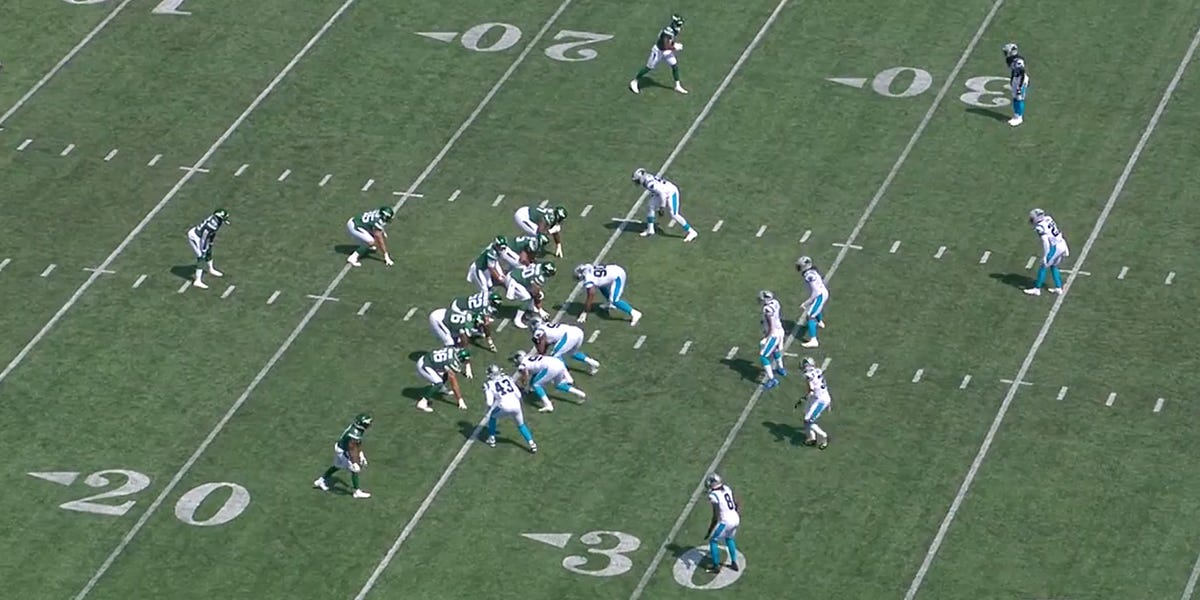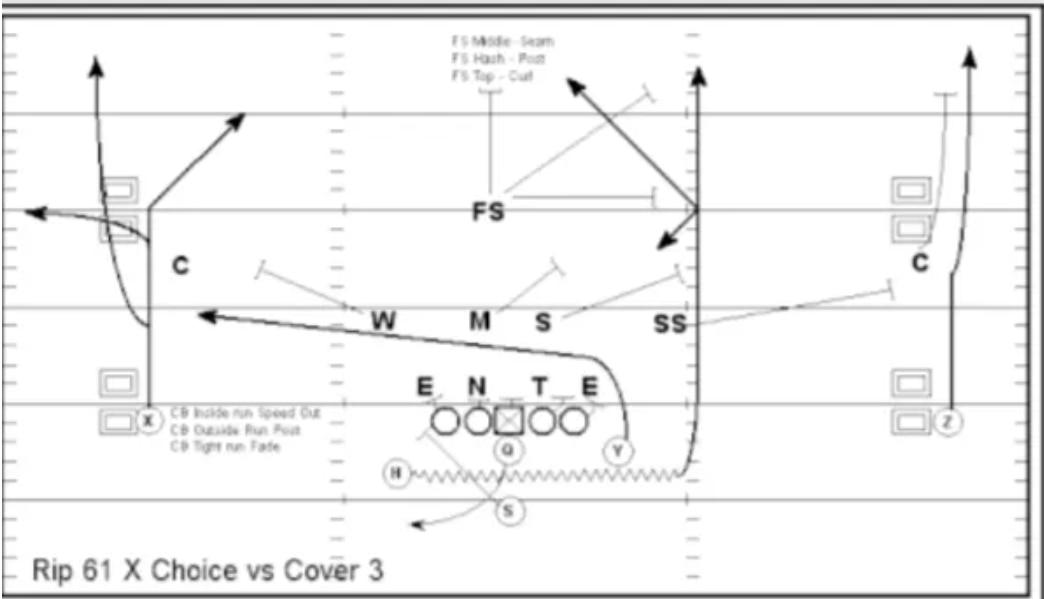- Sep 6, 2005
- 145,158
- 95,017
- AFL Club
- Fremantle
Follow along with the video below to see how to install our site as a web app on your home screen.
Note: This feature may not be available in some browsers.

Yeah when I saw the title I immediately scrolled down to see a mention of the Ravens. Kinda surprisedSurprised they don’t talk more about Ravens and their tendency to play Cover 0…. And Carr picking it apart in week 1 on their path to victory.
Although it was impressive that they did change their ways against the Chiefs. Not that they dominated but only gave up 28 points. You'll probably take that against them I guess.

Interesting thought process....
And me chipping in....
Possibly portends more the demise of the HB than a change in the WR. Already the HB in recent years had become devalued, the 1st round grinder replaced by a committee approach of mid to late rounders on the cheap.
If teams start drafting their own Deebos more and more, YAC WRs able to run like RBs...then we may see the HB phased out. Especially in this pass happy league. Where this type of WR is semi-permanently lined up at HB...running most of his routes from there, carrying the ball, occasionally motioning out to the slot.
Still have your traditional WRs, and various types -- the downfield burner, the underneath chain mover, the big bodied redzone threat, the technician running the full route tree.
Then you may have your new "HB" -- Deebo Samuel, Laviska Shenault, Antonio Gibson, Cordarelle Patterson, off the top of my head.
Not all teams may do this....still your Henry, Taylor, and such, existing, teams staying traditional. But other teams re-envisioning the HB position.
Just hazarding a guess.
This is what I see at NGS | NFL Next Gen Stats:You would imagine teams would have limited access to the 31 other teams data, a bit more than what the live broadcasts get and is shown on the public NGS site, but full access to their own.
It seems like broadcasters have a bit more data for shows like the ESPN Match up show and NFL Networks Playbook.
I tried to click on the link to the NGS Glossary but the link is broken.
